learn more about
Stem Cells, Fetal Tissue Research & Cloning
In the process of extracting the stem cells the embryo is destroyed and a life is ended.
The Basics
Stem cell research is a controversial issue that sharply divides people. There are two kinds of stem cell research: embryonic and adult. This distinction is imperative because of the ethical issues involved.
Embryonic stem cell research requires cells to be extracted from a human embryo. In the process of extracting the stem cells the embryo is destroyed and a life is ended. The embryonic stem cells are then isolated and theoretically coaxed into developing into just about any cell in the body. Embryonic stem cell transplants have not been shown concretely to have successfully helped a single patient.
Fetal tissue research requires the abortion of a living unborn child. The Center for Medical Progress, in a series of investigative videos, revealed that Planned Parenthood’s affiliated clinics participate in the harvesting and sale of aborted baby body parts and placental tissue for financial gain. These are then used in research facilities around the country, including at Oregon Health and Science University. Fetal tissue research has also not successfully helped treat a single patient.
Adult stem cell research on the other hand, does not require the destruction of life. Adult stem cells are derived from sources like umbilical cords and organ tissue.
The Terms
Cloning means creating genetically identical individuals without sexual reproduction. A clone is created when the nucleus of a body (somatic) cell provided by a donor animal or person is removed and placed into an egg cell (oocyte) whose own nucleus has been removed or inactivated (enucleated oocyte). The resulting egg cell, which now contains the nucleus (and genetic material) of the donor, is then electrically stimulated to behave as a fertilized egg cell, or embryo, and thus begin growing. The embryo is a clone and will continue to grow, given the proper conditions, into a genetic twin (monozygotic twin) of the donor of the body cell.
Cloning is thus an artificial form of asexual reproduction as opposed to fertilization or sexual reproduction involving the combination of a sperm and an egg. Two biological facts about the resulting clone must be noted:
- A clone gets its genetic material from a single donor (the donor of the nucleus); whereas a typical fertilized egg cell occurring in nature receives its genetic material from both a male and a female parent.
- A clone’s genetic composition is not unique, since it has the exact gene pattern of the individual from which the nucleus was taken. By contrast, normal fertilization creates a singular combination of genes from the two parents, resulting in a new, genetically unique individual.
Somatic cell nuclear transfer (SCNT) is the scientific name for a specific cloning technique (described above) that involves removing the nucleus of an unfertilized egg cell, replacing it with the material from the nucleus of a body or somatic cell (a skin, heart, or nerve cell, for example), and stimulating the newly formed embryo to begin cell division.
Reproductive cloning involves allowing a cloned embryo to develop to term. After several days in a culture medium, the developing embryo is implanted into a surrogate mother and is eventually brought to birth. Frogs, mice, cattle, pigs, rabbits, sheep, and a cat have been cloned. “Dolly” the sheep is the most famous clone to date. In the case of Dolly, an egg from a Scottish Blackface ewe was injected with the nucleus from a body cell from the udder of a Finn Dorset ewe. The resultant embryo was then implanted in yet another Blackface ewe to develop. The resulting lamb, named Dolly, is genetically identical to the Finn Dorset ewe.
Therapeutic or research cloning involves creating a cloned embryo for medical research, after which it is destroyed. Some scientists want to do research on stem cells extracted from cloned human embryos. These embryonic cells are called master cells that can develop into all the cell types in the human body, such as brain, blood, muscle and skin. To obtain the embryonic stem cells, the human embryo must be killed.
Parthenogenesis is a form of reproduction in which the ovum develops into a new individual without fertilization. Many insect species are known to reproduce by natural parthenogenesis. Artificial parthenogenesis involves mechanically or chemically stimulating an ovum to develop into a new individual without fertilization. Artificial parthenogenesis has been achieved in almost all major groups of animals, although it typically results in incomplete and abnormal development. No successful experiments with human parthenogenesis have been reported.
A human embryo is the earliest stage of human life. An embryo is created at the moment a sperm (with 23 chromosomes) and an egg (with 23 chromosomes) unite to form a single-cell fertilized egg or zygote (with 46 chromosomes – the number of chromosomes characteristic of an individual member of the human species). A single-cell zygote (embryo) is the beginning of a new human being and immediately produces specifically human proteins and enzymes and directs his/her own growth and development. The zygote then simply divides and grows bigger and bigger, developing through several stages over an eight-week period. These stages are denoted as the morula (about 4 days), a blastocyte (5-7 days), a bi-laminar (two layer) embryo (during the second week), and a tri-laminar (three-layer) embryo (during the third week).
Two; embryonic and fetal. The human embryonic period, during which the vast majority of the named structures of the body appear, begins at fertilization and ends by the end of the eighth week. The fetal period extends from eight weeks to birth.
Stem cells are master cells of the human body formed soon after fertilization that can develop into all the cell types that make up the organs of the human body. Stem cells are also found in the placenta and the umbilical cord, as well as in the adult brain, bone marrow, blood, skeletal muscle, skin and fat.
Stem cell research involves cultivating (growing) stem cells in a lab dish and programming them for specific therapeutic purposes, such as growing new brain, heart, or kidney tissue to repair damaged tissue.

